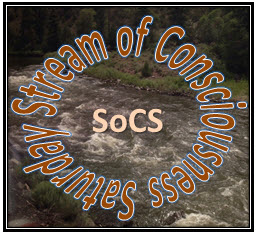Aloha! Today, Catholic churches celebrate the solemnity of the Most Holy Body and Blood of Christ, still often called by its Latin name Corpus Christi. This celebration is close to my heart because for the many years that I belonged to Blessed Sacrament parish, we celebrated it as our parish name day. Even though that is no longer my parish, I still feel a special connection to the day.
This year was special because I got to attend mass at St. Patrick Church in Honolulu, where my daughter E and her husband were married and where they serve in the music ministry. My son-in-law is away doing research for his doctoral dissertation, but I attended the 8:30 mass at which their choir sings. The assigned cantor wasn’t able to make it, so E stepped in to do it, which was a lovely bonus for me.
One of the things that drew my attention today was the crucifix, which is carved wood. I was thinking about how appropriate that the corpus on the cross is brown, because Jesus’s skin would have been brown. So often, Jesus is depicted with light skin, which a Jewish man living in the sun-drenched Mediterranean would not have had. I also noticed, as always, the colorful floral arrangement. One of the brothers at the monastery arranges the flowers from their garden every week.
Father C, who presided at E and L’s wedding, presided and preached today. I love how he can say so much with so few words. He used the image of an open hand receiving the host at communion to explain how we should be open to God’s love.
Father C has a tremor disorder, which causes his hands, especially his right hand, to shake markedly when they are outstretched. Yet, when he was praying the Eucharistic prayer and raising the host and the cup, he was able to still his hands.
I appreciated the opportunity to be there to celebrate this special day, with Beth leading us in song. I especially enjoyed singing “Draw Us in the Spirit’s Tether,” a favorite hymn which I have not had the occasion to sing for several years. The third stanza of the poem by Percy Dreamer begins:
| All our meals and all our living make as sacraments of you, that by caring, helping, giving, we may be disciples true. |
Amen!




